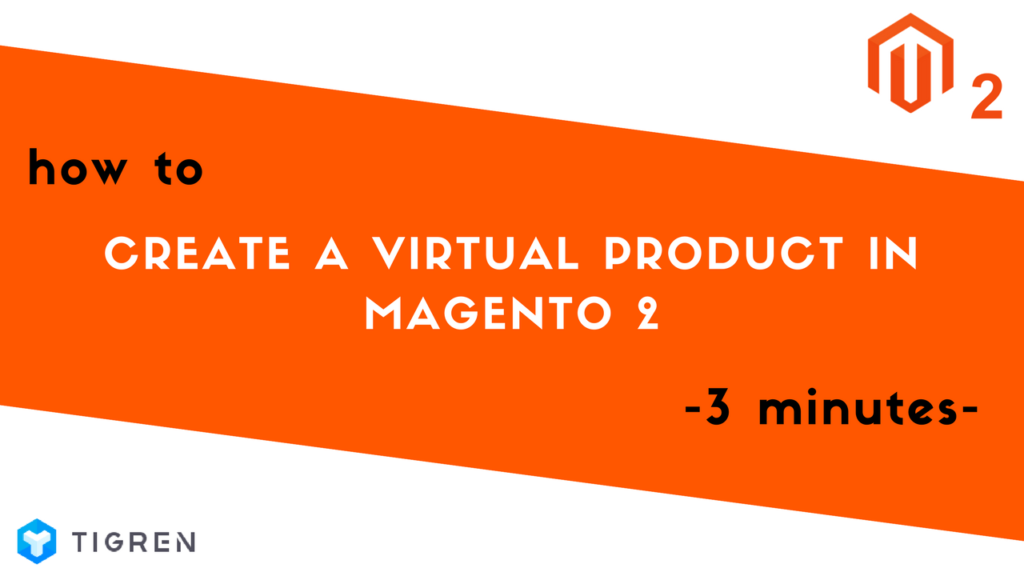Virtual products have become a cornerstone of e-commerce, offering a wide array of items from software to services and beyond, without the need for physical inventory. Magento 2, a leading e-commerce platform, provides a versatile and user-friendly interface to help you seamlessly integrate these products into your online store.
In this post, we’ll walk you through the step-by-step process of creating a virtual product in Magento 2.
What is A Virtual Product in Magento 2?
In Magento 2, a virtual product is a non-tangible item and can be traded like other normal physical products without shipping. For example, you might want to sell extra (support) services, memberships, warranties, subscriptions, and so on. These items can be sold individually or as part of the grouped or bundle product.
How to Create A Virtual Product in Magento 2
Actually, creating a virtual product in Magento 2 is similar to creating a simple product (but you don’t need to add the weight information).
More specifically, there are 5 steps to create a Virtual product. Here we will create a service of Extension Support in Tigren. This product brings about 3 months of support for customers after they buy extensions from us.
Step 1: Go to the Admin Panel, navigate to PRODUCTS, tap Catalog, on Add Product choose Virtual Product
(Admin Panel => PRODUCTS => Catalog => Add Product => Virtual Product)

Step 2: Select the Attribute Set – template for the product. After that, there are more fields automatically updated, which are related to the Attribute Set that you have chosen.

Step 3: Fill in the Required Fields (Product Name, Price, Category, Description, …). When you add the name of the product, the SKU will be automatically created, which is the same as the product name.

Create New Category:

Step 4: Add an image representing the product

Step 5: Finally, save the product you have created, refresh the cache and check how it presents on the front-end.
On the Category Page:

On the Product Page:

If you have any problems when following these steps, please let us know by leaving a comment. See you in the next Magento tutorial!

